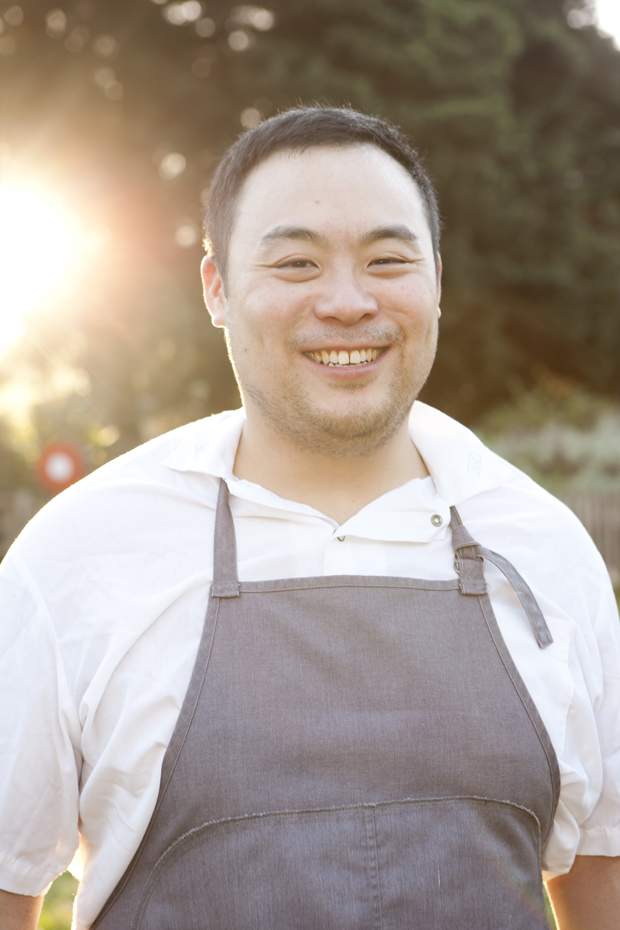In Melbourne, New York's David Chang talks microbiology


MELBOURNE -- Microbiology is not something that we might associate with food, but according to New York chef David Chang, it’s the unsung hero of flavor.
The Michelin chef, who recently visited Australia for the Melbourne Food and Wine Festival, spoke in detail about his personal discovery of microbes -- invisible organisms which play an influential role in cooking.
"It's just hit me how important the concept and the world of microbiology is," the Momofuku-famed chef said. "It’s completely consumed me, it’s all I think about in terms of food."
In the recent presentation on the future of food, the Korean-American chef encouraged the Melbourne food industry to look at aged-old practices from a scientific lens.
“Lactic-acid fermentation, pickling and age-drying beef are things that we've been doing for centuries, but we don’t really know much about what’s going on behind the scenes,” Chang said.
In the one-hour long talk, the serial restaurateur regaled the audience with stories of kitchen experiments and new discoveries.
One key story was his own baptism of fire into the world of microbiology. This occurred when he was searching for a substitute for katsuobushi (otherwise known as bonito) -- a fermented, steamed petrified product which is essential for making dashi.
On a whim, Chang decided to substitute the bonito with pork tenderloins -- in essence, he fermented the pork in the style of katsuobushi, and he called this "butabushi".
After steaming, smoking and dehydrating the meat, he left it in a bed of rice for six months. At this time, Chang was worried it wasn't safe to eat, so he decided to send a sample of the butabushi to Harvard University for testing.
The microbiologists there, Rachel Dutton and Ben Wolfe, were surprised by what they found; instead of the aspergillus oryzae or “koji” mold which is normally found in Japanese cuisine, they found pichia, a genus of yeast. The butabushi featured the same characteristic of the bonito tuna but used a completely different mold.
Dutton and Wolfe explained to Chang that the pichia was created due to the specific local variables (New York air and New York ingredients) that were present during the food-making-process -- in scientific speak, the microbial terroir.
The term "microbial terroir" is used to describe the infinite number of local bacteria, mold, and funghi out there that can influence (or interfere with) the food process.
The concept of microbial terroir is not just significant for understanding the complexities of food flavors and textures, but it also poses questions around culinary dogma, such as: Is a miso paste made in Sweden just as authentic as one which was made in Japan?
Chang personally experienced this when he attempted to make his signature steamed pork bun dish at his Sydney Momofuku Seibo restaurant.
“I simply can’t replicate it,” he admitted to his Australian audience. “Everything is different here in incremental degrees, the water, the ingredients -- and cooking is all about the details.”
Chang's mini-microbiology lesson suggests that authenticity in flavor is deeply dependent on the local bacterial microbes -- it is the existence of these microscopic organisms that can help to explain why no two miso soups will ever taste the same.
Photo: David Mahon.
This post was originally published on Smartplanet.com